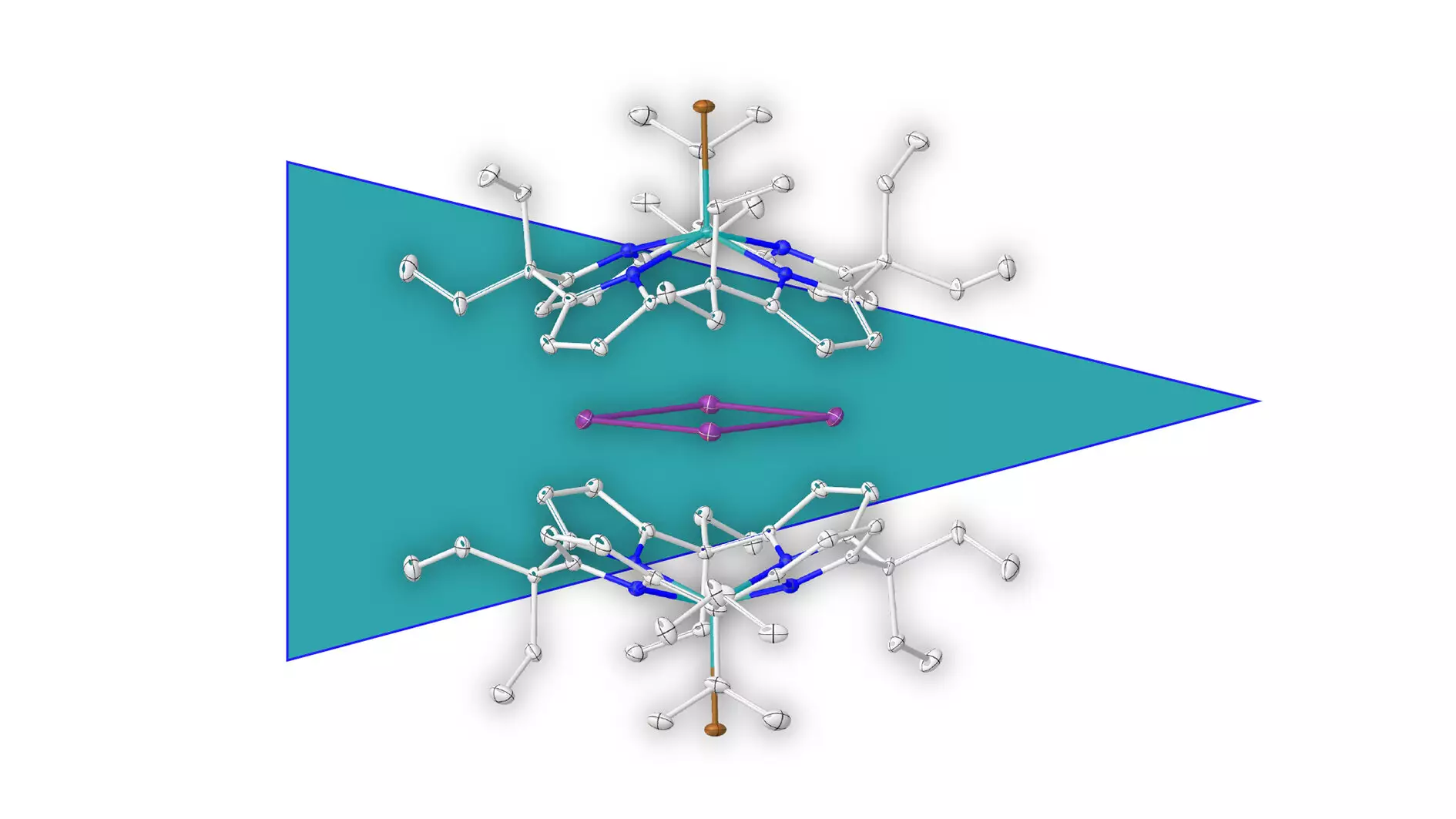The concept of aromaticity has long been a stalwart in the field of chemistry, typically associated with cyclic organic compounds comprised of carbon atoms. However, recent advancements are pushing the boundaries of this definition, as researchers unveil aromatic structures made entirely of metal atoms. Led by Prof. Dr. Lutz Greb from Heidelberg University, a team has successfully isolated and characterized a bismuth-based metal ring, marking a significant milestone in the understanding of aromatic systems.
The Unique Structure of Metal Aromatics
Traditionally, aromatic compounds are recognized not just for their structural characteristics but for the unique stability and electronic properties they confer, largely stemming from the delocalization of electrons within their cyclic structures. The research conducted by Greb’s team transforms this perception by showcasing that bismuth, a metal historically overshadowed by more traditional elements like carbon, can form an aromatic ring independently. This leads us to ponder the implications of metal-only aromatic systems, broadening the scope of what can be considered aromatic and igniting curiosity about potential applications these novel structures might enable.
Innovative Methods: Supramolecular Stabilization
One of the greatest challenges in the study of reactive, positively charged systems is their inherent instability, which often results in rapid decomposition. Greb’s approach to countering this issue through supramolecular stabilization is both innovative and pivotal. By enveloping the metal ring in a negatively charged molecular shell, the team has managed to inhibit decomposition and allowed for the further study of the ring’s properties. This strategy could have far-reaching consequences, informing future research on stabilization methods for similar structures and potentially leading to greater discoveries in the realm of metal-organic frameworks.
Breaking New Ground in Charge Transport Studies
The implications of these findings extend beyond basic research. Greb’s insight into how such metal aromatic structures might influence charge transport within metals is particularly noteworthy. Charge transport is a critical factor in the performance of electronic materials, and understanding how to manipulate it at a molecular level using these newfound structures could revolutionize electronics and materials science. As the scientific community grapples with energy efficiency and material optimization, the prospect of utilizing metal rings in developing new electronic materials offers a promising avenue for exploration.
Future Directions: Expanding the Aromatic Family
The team’s discovery incites speculation regarding the existence of other metal-based aromatic compounds and the potential for broader applicability across various fields in chemistry. Could there exist aromatic systems that incorporate other metals or even transition metals? The possibilities are tantalizing, inviting researchers to expand their search for additional metal rings that may not only follow similar principles of stability but also introduce novel properties. Such explorations could redefine our understanding of materials at the atomic level and pave the way for innovations in how we think about and use metals in technology. The implications of such discoveries carry the promise of reshaping the future of chemistry and materials science for generations to come.

